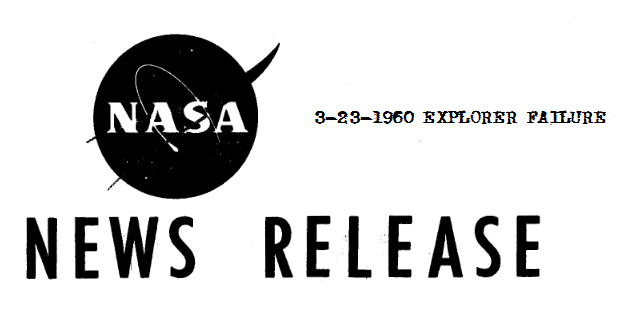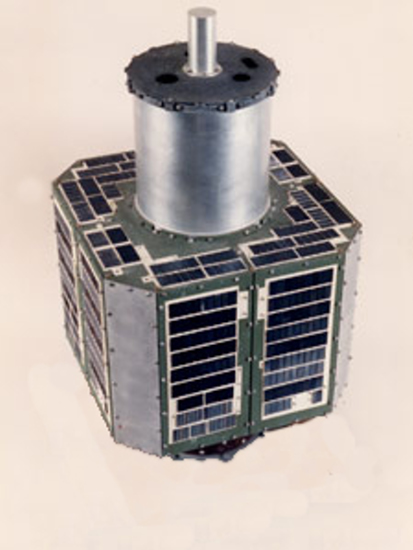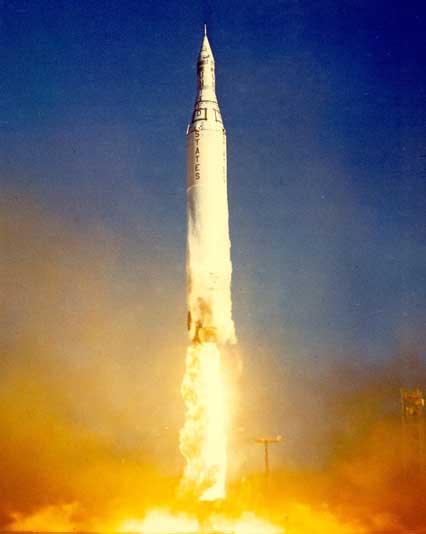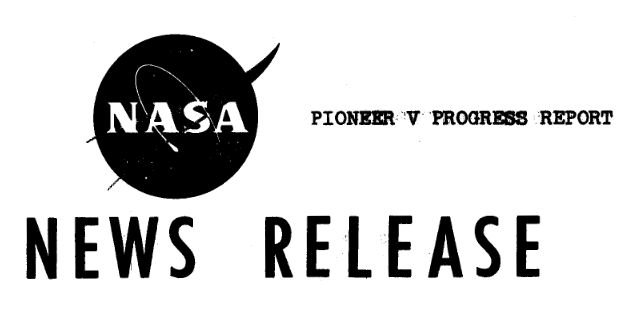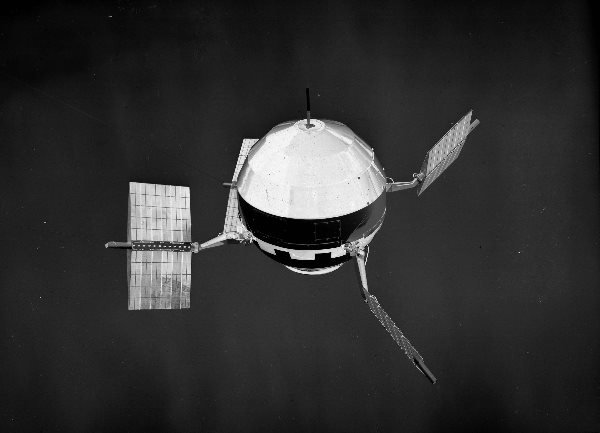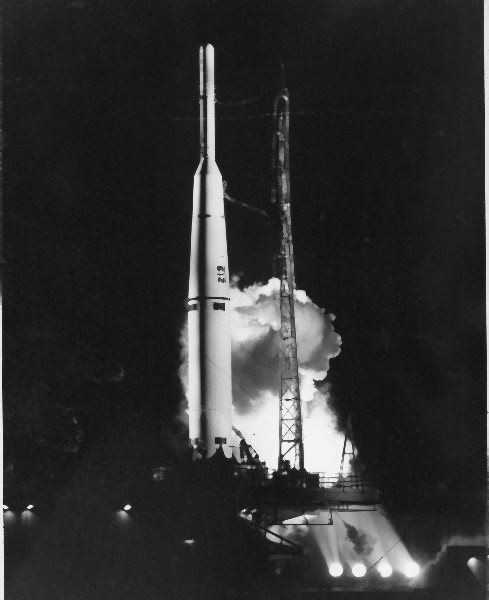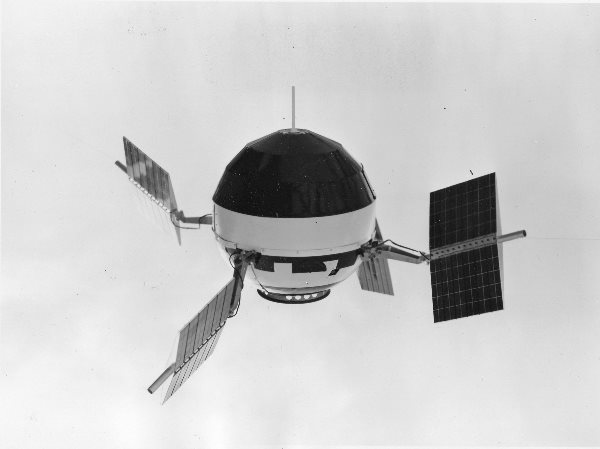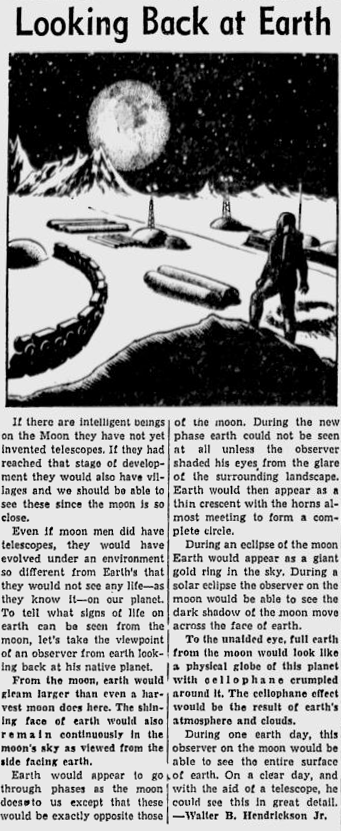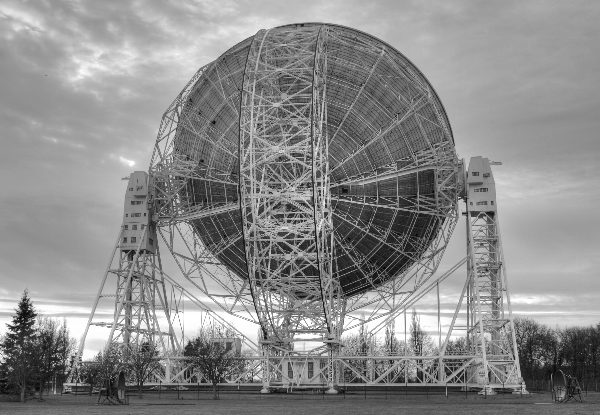
Imagine installing telephone service in your home for the first time only to have it ring almost immediately. This is the hope of scientists working on the colorfully named "Project Ozma" at the National Radio Astronomy Observatory in Green Bank, West Virginia.
Simultaneously with humanity's first steps into space, we are developing brand new methods of sensing the stars from the ground. Radio astronomy is an exciting field that allows us to sweep wavelengths of electromagnetic radiation well beyond the range of the human eye, revealing heretofore unknown features of the universe.
It also may allows us to eavesdrop on signals emanating from another star. Project Ozma, named after the fairy princess ruler of L. Frank Baum's magical kingdom, Oz, operates on the assumption that alien races will be as gregarious as humans. Dr. Frank Drake, Ozma's chief, is hoping that once a species gets the ability to send high power messages across the galaxy, it will (and already has).
Starting next week, Drake and his team will aim their 85 foot wide "ear" to scan nearby Sun-like stars. Their first two targets are Tau Ceti and Epsilon Eridani, a yellow and orange star (respectively) about the same age as our sun. If you're wondering why the telescope isn't being directed at Alpha Centauri, the closest star system to ours, it's because that promising target is only visible from the Southern Hemisphere.
Now, there's a haystack worth of bandwidth that a needle of a broadcast could hide in. We can't search all of it at once, so Drake has arbitrarily picked a narrow band of wavelengths—around 21 centimeters in size. His is not an entirely uneducated guess. The 21 centimeter band is a sort of cosmic yardstick, home to a background hiss emitted by galactic hydrogen, that any astronomically advanced species will know about. Moreover, targeting this band allows Drake to do some "real" astronomical research and thus further justify his funding.
What will a message from the stars sound like? It will have to be some kind of modulated, non-random pattern. Perhaps a series of pulses spelling out a universal constant in binary? A simple on-off code? The possibility I find the most fun is the idea of an alien race picking up our radio broadcasts and beaming them back at us. That would be the surest sign that our presence in the universe has been acknowledged.
On the other hand, I'm not sure Fibber McGee and Molly are the best ambassadors Earth has to offer…
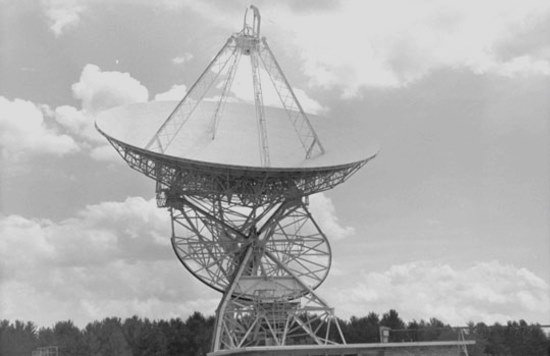
—
(Confused? Click here for an explanation as to what's really going on)
This entry was originally posted at Dreamwidth, where it has comments. Please comment here or there.



